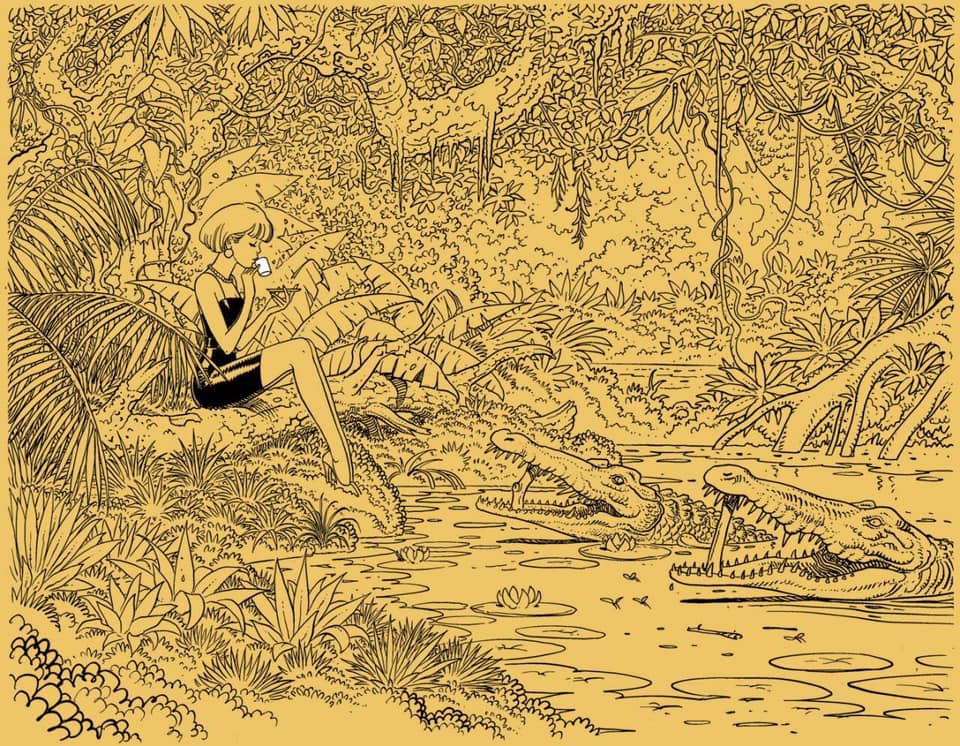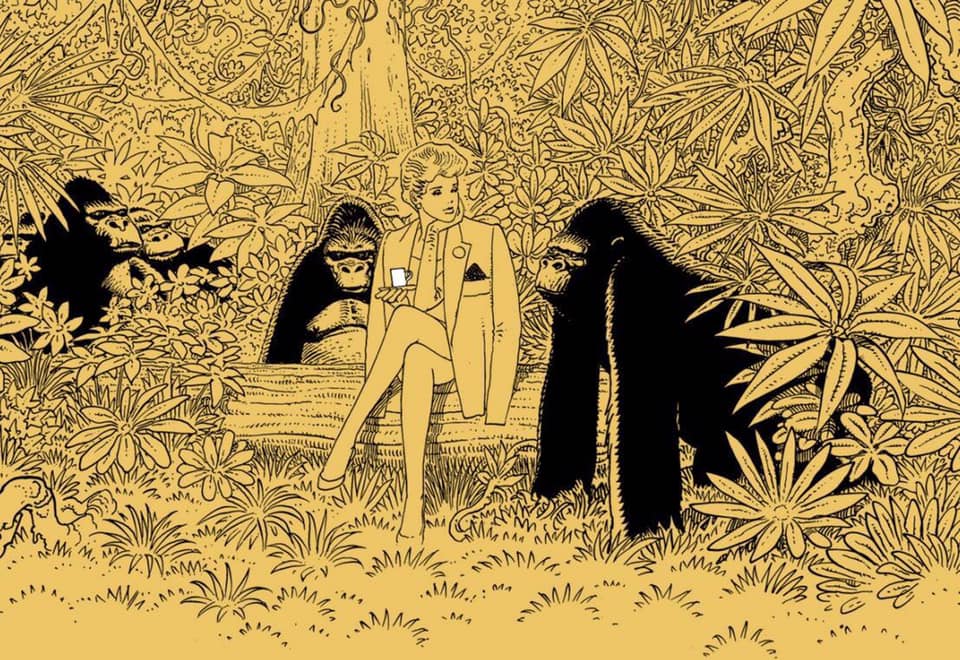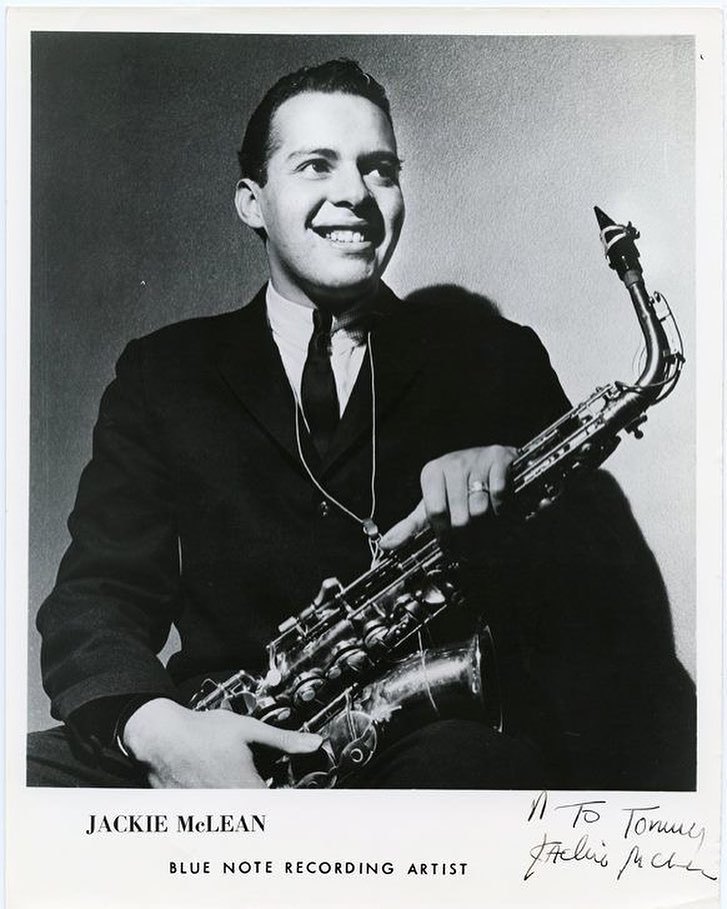Ray Bradbury’s Fahrenheit 451 envisions a future where “firemen” are sent out not to put out fires, but to burn up any books they find with flamethrowers. To students assigned to read the novel today, the idea of an America that has outlawed books entirely might seem like an intriguing if far-fetched notion, perhaps more suited to the reality of the 1950s than the reality of today. Even if we’ve never read Fahrenheit 451, nearly all of us know the basic outline of its story by now, so why should we still read it? In less than five minutes, the animated TED-Ed video above by the University of Wisconsin-Madison’s Iseult Gillespie offers an answer to that question.
“Fahrenheit 451 depicts a world governed by surveillance, robotics, and virtual reality, a vision that proved remarkably prescient, but also spoke to concerns of the time,” says Gillespie. “The novel was published in 1953, at the height of the Cold War. The era kindled widespread paranoia and fear throughout Bradbury’s home country of the United States, amplified by the suppression of information and brutal government investigations. In particular, this witch hunt mentality targeted artists and writers who were suspected of communist sympathies. Bradbury was alarmed at this cultural crackdown. He believed it set a dangerous precedent for further censorship, and was reminded of the destruction of the Library of Alexandria and the book-burning of fascist regimes.”
These concerns, though relevant to the era in which Bradbury wrote Fahrenheit 451, are essentially timeless. As with all dystopian fiction, the novel “amplifies troubling features of the world around us and imagines the consequences of taking them to an extreme.” Some of the troubling features of the world 65 years ago have diminished, but some have greatly increased, and we would do well to bear in mind that in Fahrenheit 451 “it was the apathy of the masses that gave rise to the current regime. The government merely capitalized on short attention spans and the appetite for mindless entertainment, reducing the circulation of ideas to ash. As culture disappears, imagination and self-expression follow.” Culture may take many more forms now than it did in the 1950s, but without our constant vigilance, all of them could still be extinguished, just as easily as paper goes up in flame.
Related Content:
An Asbestos-Bound, Fireproof Edition of Ray Bradbury’s Fahrenheit 451 (1953)
Hear Ray Bradbury’s Classic Sci-Fi Story Fahrenheit 451 as a Radio Drama
Based in Seoul, Colin Marshall writes and broadcasts on cities, language, and culture. His projects include the book The Stateless City: a Walk through 21st-Century Los Angeles and the video series The City in Cinema. Follow him on Twitter at @colinmarshall or on Facebook.







